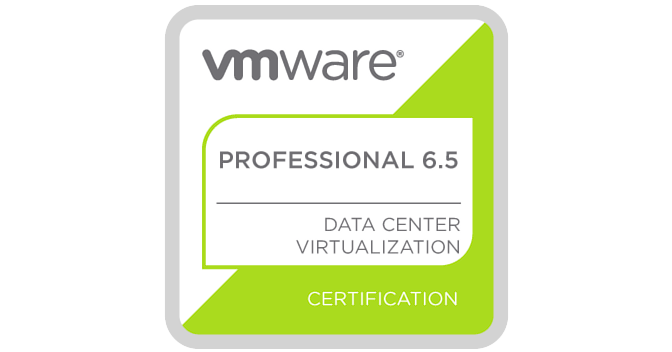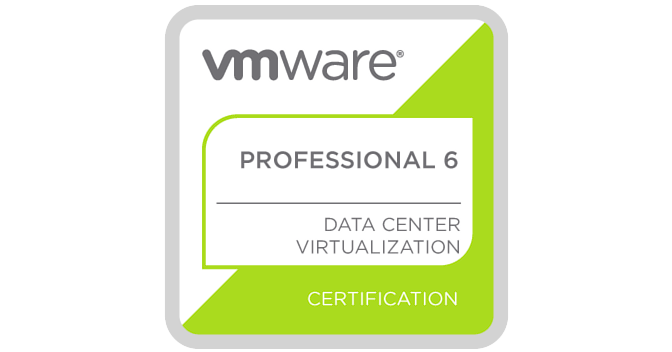Discover the Benefits of HomeSafe View Cameras, Step-by-Step Installation, and Troubleshooting for Maximum Home Security
Are you looking to enhance your home security with the latest in surveillance technology? "Save View" cameras have emerged as a game-changer in the world of home security, offering homeowners peace of mind and the ability to monitor their property in real-time. In this comprehensive guide, we will walk you through the benefits of Save View cameras, detailed installation steps for large homes, and an in-depth troubleshooting guide. Let's dive in and secure your home with the power of Save View cameras!
Section 1: Benefits of HomeSafe View Cameras
1.1 Real-time monitoring HomeSafe View cameras provide real-time video feeds, allowing you to monitor your property at any time, from anywhere. This is particularly useful for large homes where it may be challenging to keep an eye on all areas. With real-time monitoring, you can react quickly to any suspicious activity and take necessary actions to protect your home.
1.2 High-quality video resolution Save View cameras offer high-definition video resolution, ensuring clear and detailed images for better surveillance. This high-quality video resolution is crucial when identifying intruders or reviewing footage for evidence in case of any security breaches.
1.3 User-friendly interface The HomeSafe View camera system comes with a user-friendly interface, making it easy for homeowners to navigate and control their security settings. This intuitive interface allows you to manage your cameras, adjust settings, and view live feeds without needing any technical expertise.
1.4 Remote access and control With remote access and control, you can monitor and manage your Save View cameras from any internet-enabled device, such as your smartphone or tablet. This feature offers the flexibility and convenience of keeping an eye on your property, even when you're away from home.
1.5 Night vision and motion detection Save View cameras come equipped with night vision and motion detection capabilities. Night vision allows you to monitor your property in low light conditions, while motion detection sends alerts when there is movement within the camera's field of view. These features help ensure round-the-clock security for your home.
1.6 Expandable system One of the advantages of Save View cameras is their expandability. You can easily add more cameras to your existing system as your security needs grow, making it an ideal solution for large homes that may require additional coverage over time.
1.7 Easy integration with smart home systems Save View cameras can easily integrate with popular smart home systems, allowing you to control your cameras alongside other smart devices, such as lights, locks, and thermostats. This seamless integration helps create a more connected and secure smart home ecosystem.
Section 2: Detailed Installation Guide for HomeSafe View Cameras in Large Homes
2.1 Choose the best HomeSafe View camera package Start by selecting the Save View camera package that best suits your needs. Consider the number of cameras, the type of cameras (indoor, outdoor, or a combination), and any additional features, such as night vision or motion detection.
2.2 Map out your camera placement Before installing your cameras, create a map of your property and identify the key areas that require surveillance, such as entry points, windows, and large open spaces. Consider the camera's field of view, and ensure that there are no obstructions that could hinder the video feed.
2.3 Unbox and inspect your cameras Carefully unbox and inspect each camera to ensure that all components are present and in good condition. Check for any visible damage or missing parts, and contact the manufacturer if necessary.
2.4 Mount your cameras
Following the manufacturer's instructions, securely mount each camera in its designated location. Ensure that each camera is firmly attached and angled to provide optimal coverage of the desired area. For outdoor cameras, make sure they are weatherproof and mounted high enough to avoid tampering.
2.5 Run and conceal the cables For wired Save View camera systems, run the necessary cables from each camera to your central control system. Be sure to conceal the cables to prevent tripping hazards and to maintain a clean aesthetic. Use cable clips or conduits to secure the cables along walls, baseboards, or ceilings.
2.6 Set up the central control system Install the central control system, which may be a network video recorder (NVR) or digital video recorder (DVR), in a secure location. Connect the cables from each camera to the control system and connect the system to your home network. Follow the manufacturer's instructions to configure the settings and create user accounts for remote access.
2.7 Connect the cameras to the network Once the central control system is set up, connect each camera to the network. This process will vary depending on whether your cameras are wired or wireless. For wired cameras, ensure that each camera is connected to the control system via the appropriate cable. For wireless cameras, follow the manufacturer's instructions to connect each camera to your home Wi-Fi network.
2.8 Test and fine-tune your camera settings After installation, test each camera to ensure that it is functioning correctly and providing a clear video feed. Fine-tune the settings, such as brightness, contrast, and motion detection sensitivity, to optimize the performance of each camera.
Section 3: Troubleshooting Guide for HomeSafe View Cameras
3.1 Camera not powering on If your camera is not powering on, ensure that it is properly connected to a power source. For wired cameras, check the connections to the central control system. For wireless cameras, ensure that the camera's batteries are charged or replaced if needed.
3.2 No video feed If you are not receiving a video feed from your camera, check the network connections and ensure that the camera is properly connected to the central control system or your home Wi-Fi network. Restart the camera and control system to see if the issue resolves itself.
3.3 Poor video quality or signal loss If you are experiencing poor video quality or signal loss, adjust the camera settings, such as brightness and contrast, to improve image quality. For wireless cameras, ensure that the camera is within range of your Wi-Fi network and consider adding a Wi-Fi extender if necessary.
3.4 Connection issues with the control system If you are having trouble connecting to the control system, ensure that the system is properly connected to your home network and powered on. Restart the control system and check for any software updates that may be required.
3.5 Motion detection not working If the motion detection feature is not functioning, check the camera settings and ensure that motion detection is enabled. Adjust the sensitivity settings if needed, and ensure that the camera's field of view is not obstructed.
3.6 Night vision issues If your camera's night vision is not working, check the camera settings and ensure that the night vision feature is enabled. Ensure that the infrared LEDs are not obstructed and clean the camera lens if necessary.
3.7 Resetting and updating your system If you continue to experience issues with your HomeSafe View camera system, perform a factory reset and update the system software following the manufacturer's instructions. This can often resolve persistent problems and improve system performance.
Conclusion
In today's world, home security is a top priority, and HomeSafe View cameras provide a reliable and cutting-edge solution. With this detailed guide, you're now equipped with the knowledge to install and troubleshoot your HomeSafe View camera system in your large home. Remember, the key to a successful installation
















